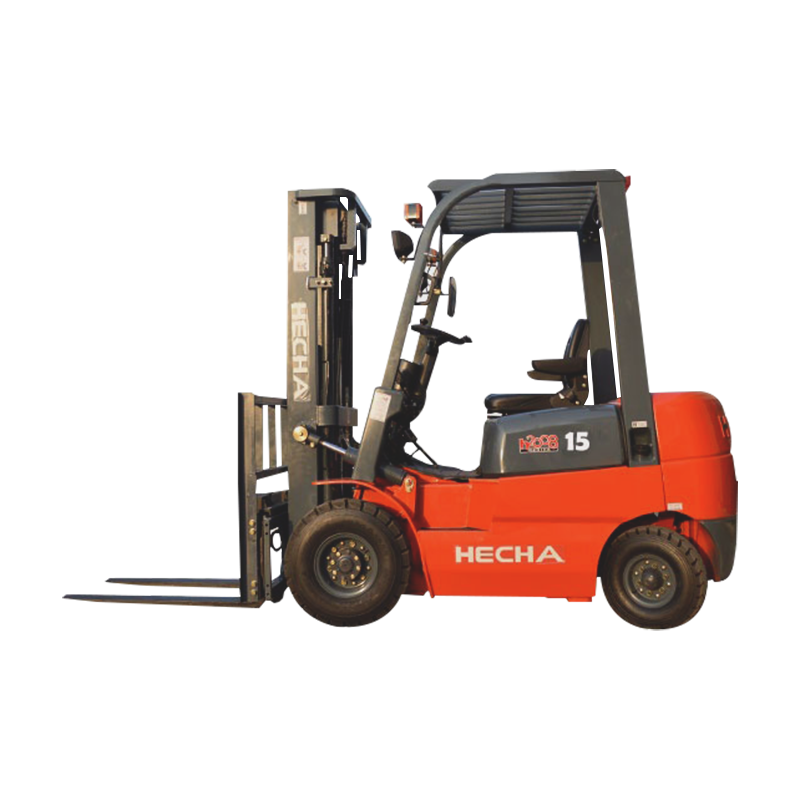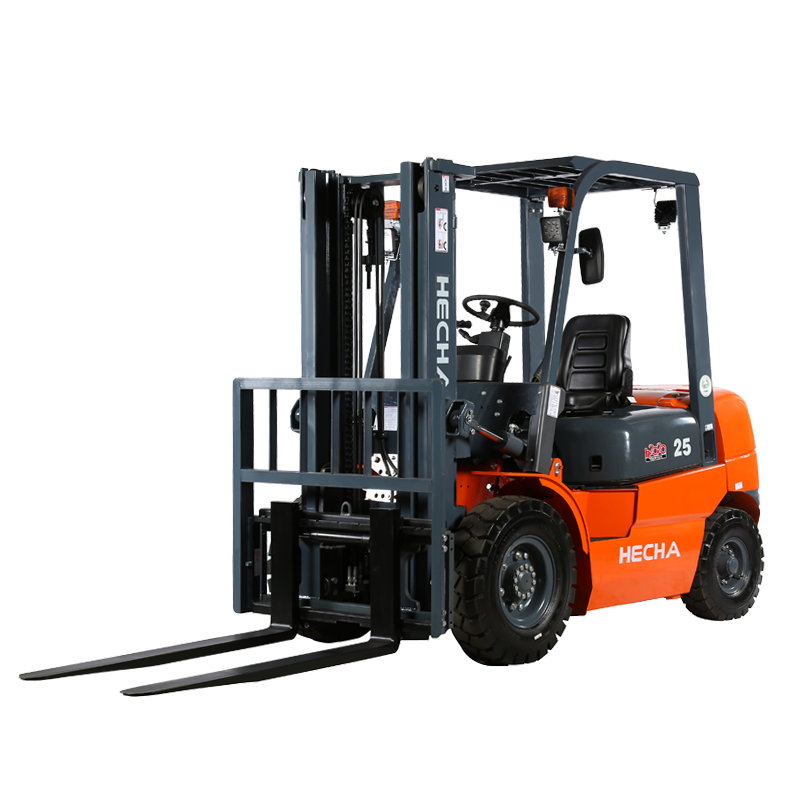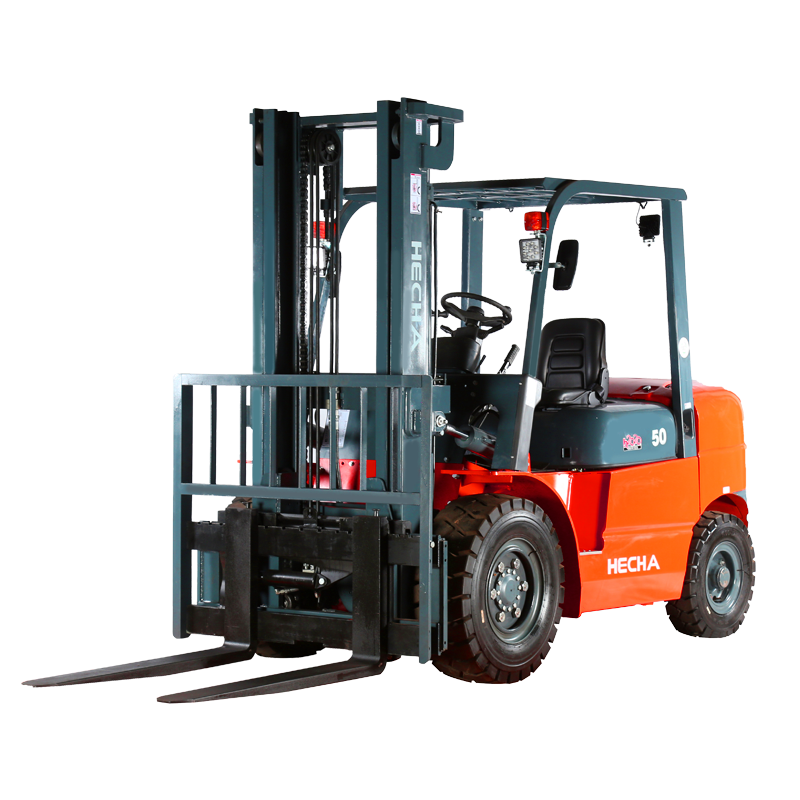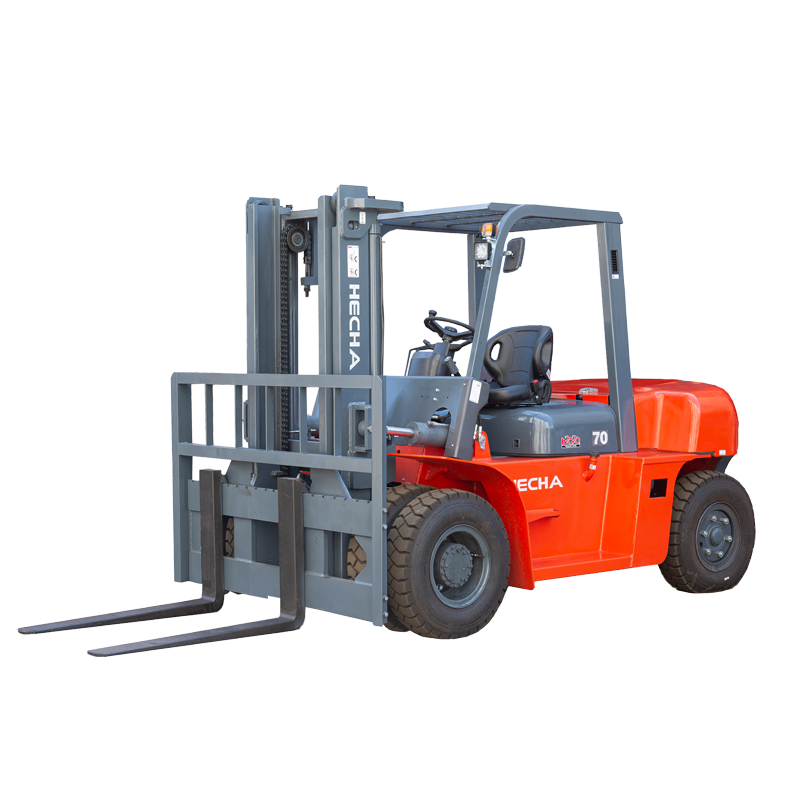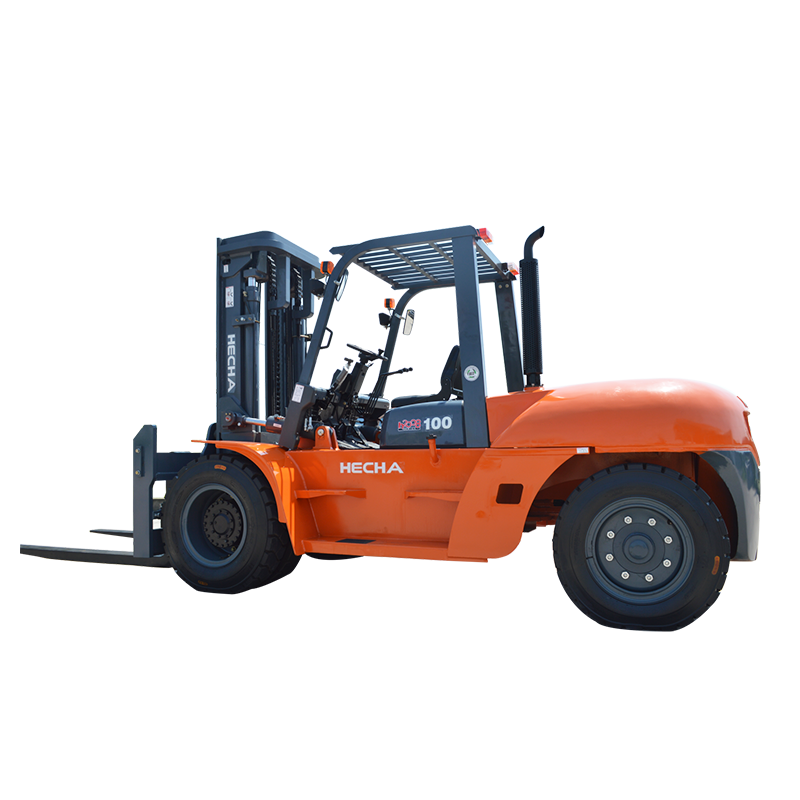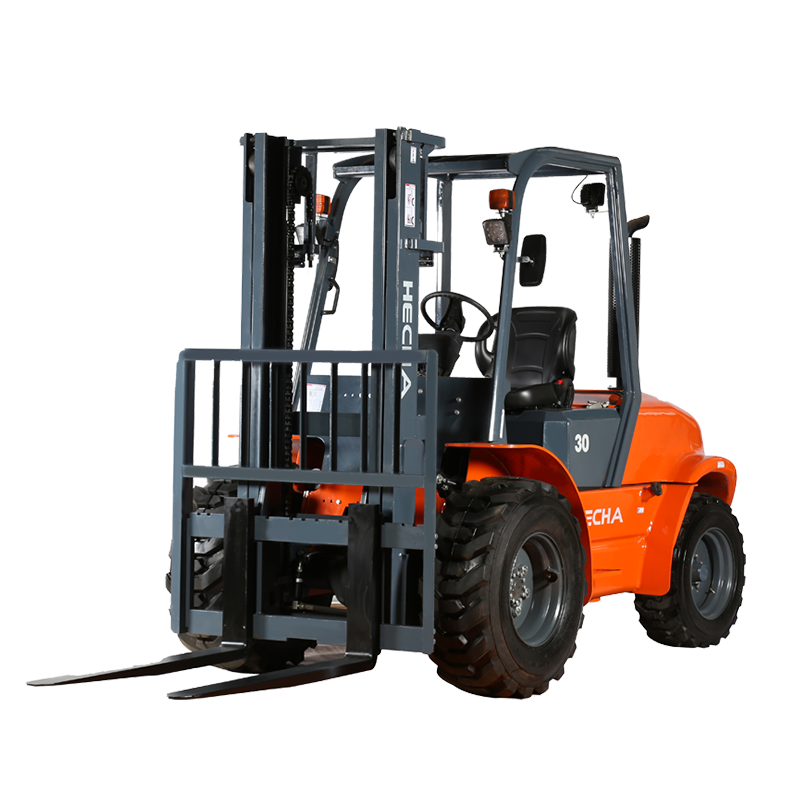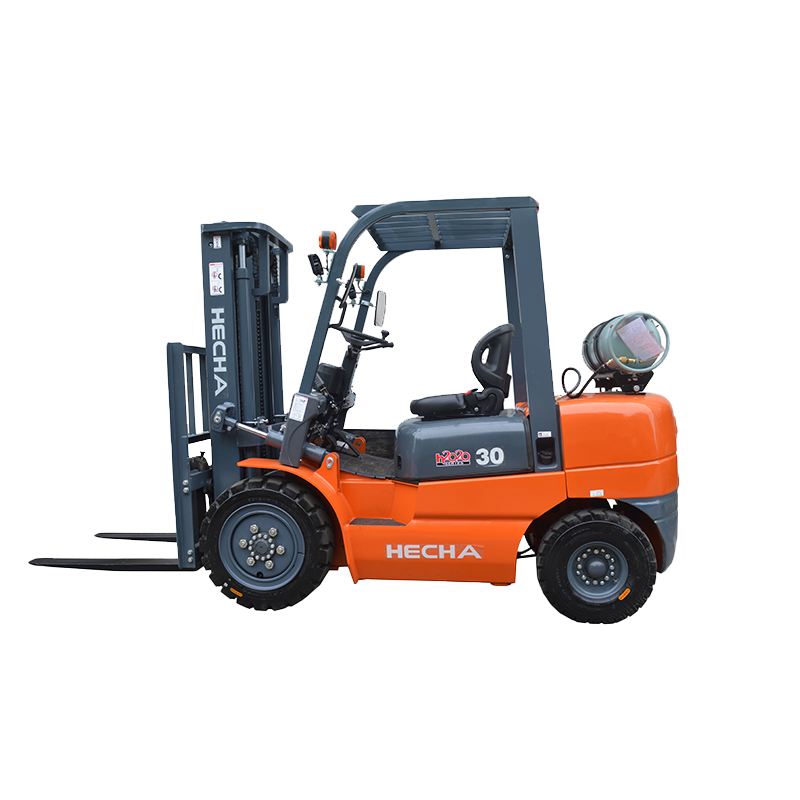In the modern industrial logistics system, the high load and long-cycle operation characteristics of large multifunctional diesel forklifts require that their frame structures must meet the dual requirements of strength and vibration control. Although traditional rigid frames can ensure load safety, they are difficult to effectively suppress the broadband vibrations generated by diesel engines and hydraulic systems. These vibrations not only accelerate structural fatigue, but also transmit to the operating environment through the vehicle body, affecting equipment stability and personnel comfort. To this end, the new generation of diesel forklifts adopts the collaborative design of composite damping materials and honeycomb sandwich structures, implants vibration-absorbing cavities at key stress points, and constructs a set of graded attenuation systems for mechanical vibrations, realizing a technological leap from "passive load-bearing" to "active vibration control".
As the core path of vibration transmission, the material selection of the frame directly determines the energy dissipation efficiency. High loss factor polyurethane-based damping materials are molded into special-shaped pads and embedded in the joint interface between the longitudinal beam and the crossbeam of the frame. This composite material is not a simple filler, but converts medium and high frequency vibration mechanical energy into heat energy through the viscoelastic deformation of the molecular chain. Compared with traditional rubber shock-absorbing pads, its energy conversion efficiency is significantly improved, and it maintains stable damping characteristics under working conditions of -30℃ to 120℃, avoiding performance degradation caused by temperature changes. More importantly, the co-curing process of the material and the metal skeleton ensures the interface bonding strength, prevents interlayer peeling under long-term alternating loads, and makes the damping efficiency run through the entire life cycle of the equipment.
The honeycomb sandwich structure reconstructs the vibration transmission characteristics of the frame from the geometric topological level. The aluminum alloy honeycomb core material is filled in the box-shaped section of the frame in a hexagonal array. Its equivalent elastic modulus and density ratio is more than 8 times that of traditional solid steel plates. While ensuring bending stiffness, the structural weight is reduced by 20%. The closed air chamber formed by the honeycomb unit constitutes an acoustic impedance gradient. When the vibration wave is transmitted from the power end, it will be reflected and interfered multiple times on the honeycomb wall, so that the low-frequency vibration energy is dispersed and consumed. This design is particularly suitable for suppressing the vibration of the 30-200Hz characteristic frequency band unique to diesel engines, and its effect is far better than the traditional method of simply increasing the thickness of the plate. Engineering verification shows that the frame with honeycomb sandwich can reduce the vibration acceleration of the steering wheel by 40%, greatly delaying the operator's muscle fatigue.
The strategic layout of the vibration reduction cavity reflects the precision medical thinking of vibration control. Finite element modal analysis identifies the high strain energy density areas of the frame, such as the steering column support and the door frame hinge point, and implants the metal hollow components of the Helmholtz resonance cavity structure. These cavities are precisely tuned to produce anti-phase acoustic wave interference for specific frequency vibrations. When the 78Hz vibration caused by the second-order inertial force of the diesel engine is transmitted to the cavity position, its air column oscillation will generate a 180° phase difference cancellation wave to achieve targeted vibration reduction. Unlike the global noise reduction solution, this local interference technology maximizes the overall stiffness of the frame and avoids the common contradiction of sacrificing load-bearing capacity for vibration reduction.
The vibration control system is deeply coupled with the functional requirements of large versatile diesel forklift truck. The composite damping layer mainly responds to high-frequency flutter caused by random road excitation, the honeycomb sandwich structure solves the medium-frequency structural noise of the powertrain, and the vibration-absorbing cavity focuses on filtering the characteristic frequency peaks. The three form a wide-band vibration filtering chain. It is worth noting that this design philosophy is not a simple superposition of vibration isolation units, but through the systematic matching of materials-structure-space, the frame itself becomes an intelligent vibration filter. Under full load conditions, the vibration power spectrum density transmitted to the floor of the cab can be reduced by more than 15dB, which means that the probability of loosening of fasteners such as bolts is reduced by 60%, and the equipment maintenance cycle can be significantly extended.

 English
English 中文简体
中文简体 русский
русский Français
Français Español
Español

